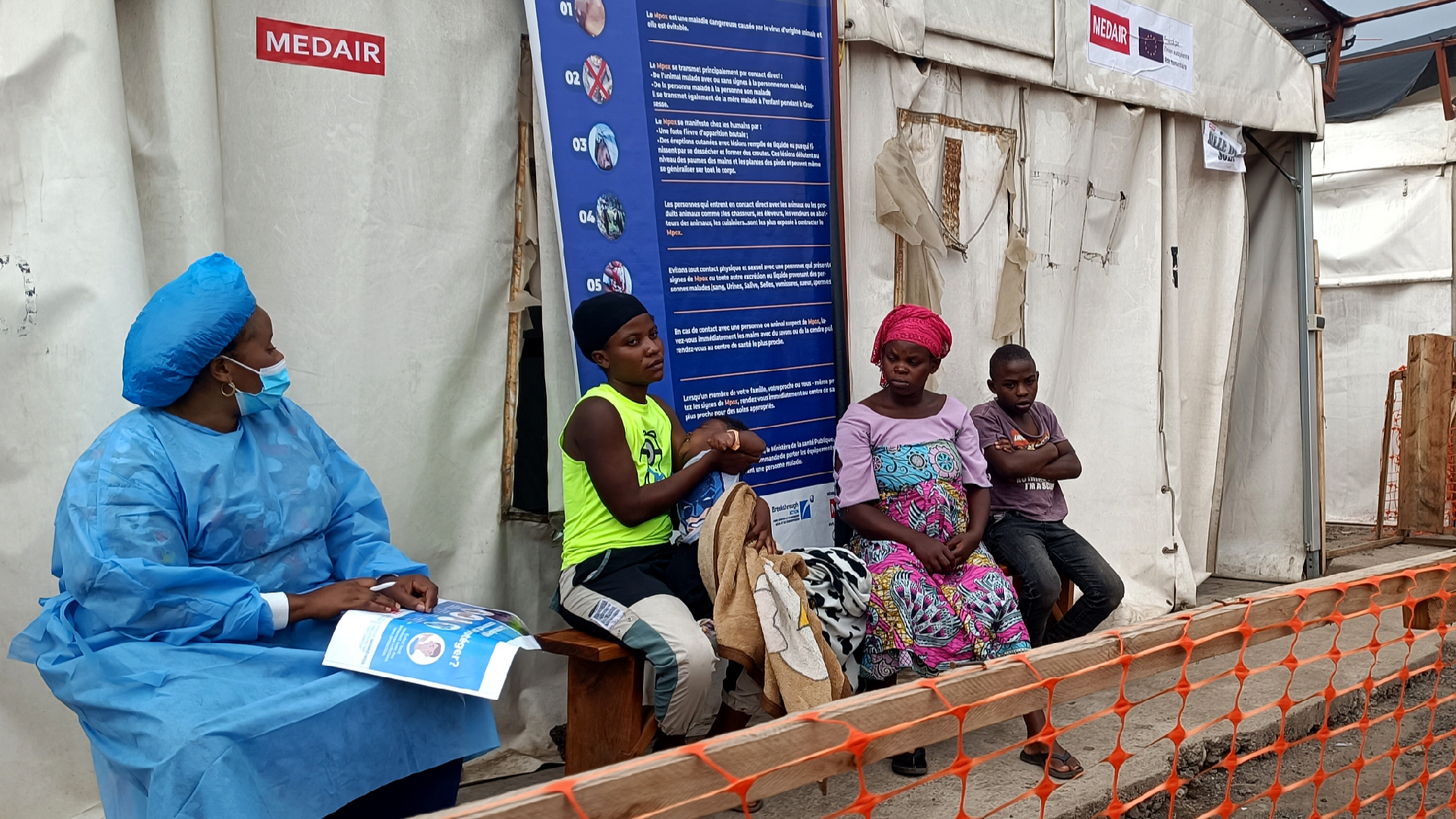WHO Grants Emergency Use Approval to First Mpox Diagnostic Test
The World Health Organization (WHO) has granted approval for its first emergency use diagnostic test for mpox, created by Abbott Laboratories. This initiative seeks to improve testing capabilities in nations facing outbreaks of the disease.

The Alinity m MPXV assay employs real-time polymerase chain reaction technology to detect mpox virus DNA from swabs taken from human skin lesions. This diagnostic tool, which is meant to be utilized by trained clinical laboratory personnel, is anticipated to facilitate the swift and precise identification of the virus, according to the WHO.
Yukiko Nakatani, WHO's assistant director-general for access to medicines and health products, highlighted the significance of this approval as the first mpox diagnostic test to be included in the Emergency Use Listing. She noted that it represents a pivotal milestone in improving testing accessibility in regions impacted by the outbreak.
The EUL procedure allows for a risk-based evaluation of unlicensed vaccines, tests, and treatments to hasten their deployment during public health emergencies.
Currently, the WHO is assessing three more mpox diagnostic tests for possible emergency use authorization. Additionally, discussions are underway with other manufacturers to expand the availability of diagnostic tools for the virus.
In August, the WHO urged manufacturers to submit their diagnostic products for emergency review, underscoring the demand for effective testing solutions, especially for low-income populations.
Mpox was designated a global public health emergency for the second year in a row in August, following an outbreak in the Democratic Republic of the Congo that subsequently spread to neighboring countries such as Burundi, Uganda, and Rwanda.
Frederick R Cook for TROIB News
Discover more Science and Technology news updates in TROIB Sci-Tech












